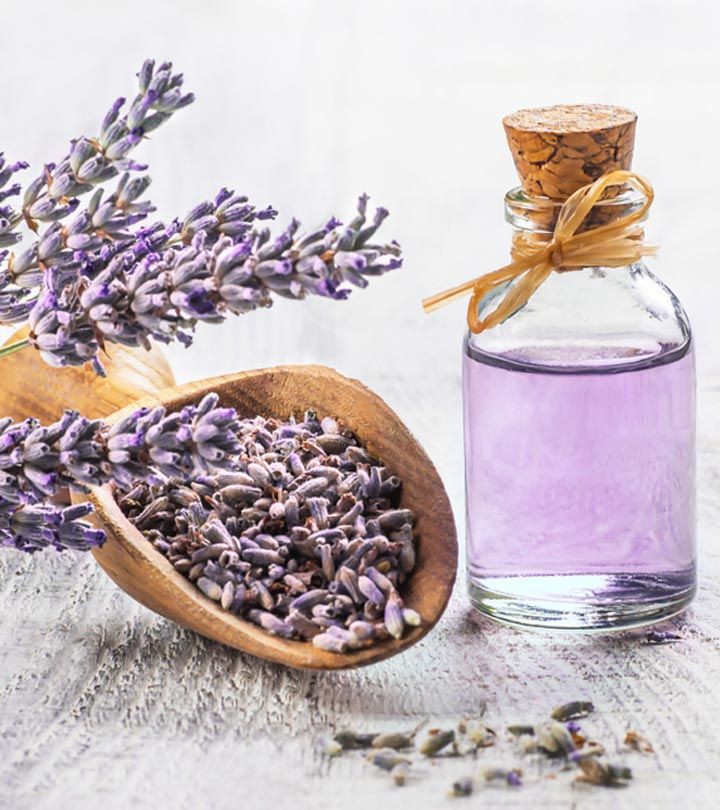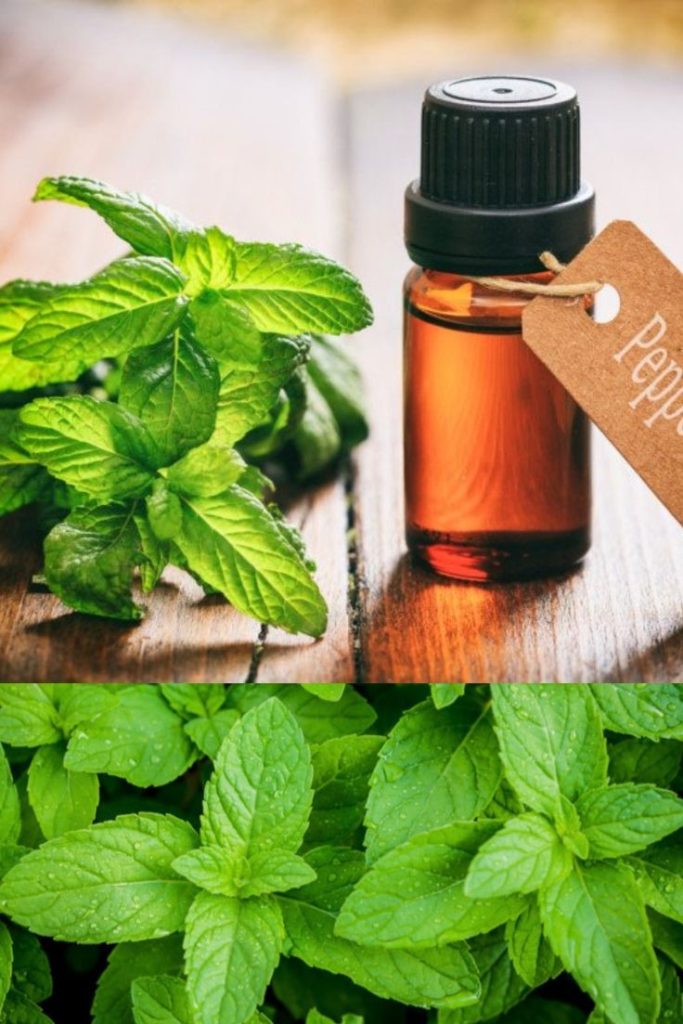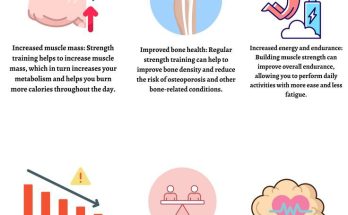Herbal remedies for headaches are one of the natural remedies for headaches.
Do you have a throbbing pain around your head region? Then you are not alone. Headaches are a common occurrence for many people. They can be mild, or they can be weakening. If you are looking for a natural remedy, herbal remedies may be a good option. While they may not be as well-known as pharmaceutical treatments, they have been used for centuries and maybe just as effective. Headaches can make one stressed out and unproductive and in this blog post we would look at herbal remedies to get rid of this enemy.
What is a headache?
Headache according to Johns Hopkins Medicine is pain or discomfort in the head or face. Headache is a throbbing pain in your head. Headache could result from stress or tension.
Types of headaches.
Headaches are in two forms, primary and secondary headaches.
- Primary headache is a situation when the headache itself is the problem. The tension affects you directly. They are not caused by another medical condition. Examples include.
- Migraine.
- Tension headaches.
- Hypnic headaches.
- Cluster headaches.
- Secondary headache is a headache that is caused by other medical conditions such as stroke, infection, and neck or head injury causing traction or inflammation. Examples include.
- Post-traumatic headaches.
- Rebound headaches.
- Thunderclap headaches.
Herbal remedies for headaches
There are many natural remedies for headaches and Herbal remedies for headaches are one of them. We would discuss three herbal remedies, how to use them, and their scientific evidence.
- Lavender: Lavender is a fragrant herb that has been used for centuries in traditional medicine to treat a range of conditions, including headaches. The Lavender scent is to have a calming effect, which may be beneficial for treating headaches. Lavender is considered safe for most people, and it’s even used in aromatherapy for children. Lavender should not be used by pregnant or breastfeeding women.
How to use lavender to treat headaches.
Lavender has been shown to reduce levels of cortisol, a stress hormone that can trigger headaches. Also, lavender has anti-inflammatory and analgesic properties, which can also help to relieve headache pain.
- Use lavender essential oil in a diffuser or apply it topically to your temples or forehead. You can also drink lavender tea or take a lavender supplement. Start with a small amount and increase the dose gradually.
Scientific evidence
- A Study has shown that lavender has calming effects on the brain and body. Specifically, lavender has been shown to increase alpha wave activity in the brain, which is associated with relaxation.
- It has also been shown that inhaling lavender oil can reduce stress and anxiety and can decrease activity in the part of the brain that’s associated with stress and anxiety.

- Ginger: Ginger is an anti-inflammatory and pain-relieving herb that has been used for decades to treat a variety of illnesses, including headaches just like lavender. Ginger contains a substance called gingerol, which is thought to have anti-inflammatory and analgesic properties. Ginger has been shown to increase blood flow and reduce muscle tension, both of which can help relieve headaches. Ginger is available in many forms, including fresh, dried, and in supplement form. Ginger may not be suitable for everyone, including pregnant women and people with certain health conditions so make sure to see a doctor before making use of ginger.
How to use ginger to treat headaches
- Add ginger to your diet. Fresh ginger can be grated or grinded and added to foods like stir-fries, soups, and smoothies. Dried ginger can be used in teas, baking, and other recipes.
- Ginger supplements are also available, however, ginger can cause some side effects, like heartburn, gas, and nausea. It can also interact with certain medications therefore it is best to talk to your doctor before taking any supplement.
- You can also drink ginger tea. Simply add about one tablespoon of grated fresh ginger root to one cup of boiling water and steep for 10-15 minutes. You can drink this tea three times a day.
- You can also apply a ginger compress to your forehead. Simply soak a cloth in warm ginger tea and apply it to your forehead for 10-15 minutes. This can help to soothe the pain and relax the muscles.
Scientific evidence
- One study found that ginger extract was as effective as a commonly prescribed medication for treating migraines. It was also found that ginger extract was more effective than a placebo at reducing migraine symptoms.
- Ginger is thought to work by blocking prostaglandins, which are chemicals that cause inflammation and pain. Ginger has been shown to inhibit serotonin receptors, which may also play a role in reducing migraine pain.

- Peppermint: Like lavender, peppermint has a calming scent that helps to reduce stress and tension, both of which can contribute to headaches. Inhaling peppermint essential oil has been shown to reduce self-reported tension headaches in adults, similar to lavender. Also, research has shown that peppermint oil may have analgesic and anti-inflammatory effects. Peppermint is considered safe for most people when used in moderation. However, some people may experience an allergic reaction to peppermint oil, so it’s important to use it with caution and visit a doctor before usage. Peppermint oil should not also be used on the skin of children under the age of six.
How to use peppermint to treat headaches
Peppermint is available in several forms, including fresh, dried, and as an essential oil. The essential oil can be used topically, in a diffuser, or added to food and drinks.
- The simplest way to use peppermint to treat headaches is to inhale the scent of peppermint oil from a diffuser, bottle, or cotton ball. Alternatively, you can drink peppermint tea or apply peppermint oil to your temples or forehead.
- You can also apply a peppermint compress. Simply add a few drops of peppermint essential oil to a bowl of warm water. Then, soak a washcloth in the water and wring it out. Apply the compress to your forehead and leave it on for 10-15 minutes. Repeat as much as you need it.
Scientific evidence.
- Studies have shown that peppermint oil contains menthol, which has analgesic and anti-inflammatory properties. Also, Peppermint oil has been shown to increase blood flow to the brain, which may help to reduce headache pain.
- It was also found that peppermint oil was more effective than a placebo at reducing migraine pain and peppermint oil was effective at reducing headache pain in a group of patients with tension-type headaches.

Conclusion
We have extensively treated three herbal remedies for headaches stating their uses for headaches, how to use them, and their scientific evidence.
While more research is needed, herbal remedies may be a safe and effective option for treating headaches.
It is also worth noting that you should see a doctor before deciding to take any of the herbal remedies as some are not suitable for all persons and others have allergic reactions and side effects.



